Knowing that today's homes burn faster than ever,the National FireProtection Association (NFPA) announced “Every Second Counts:Plan Two Ways Out” as the official theme for this year'sFire Prevention Week campaign, October 8-14, 2017.
|2 minutes to escape
Experts say you may have as little as two minutes (or even less)to safely escape a typical home fire from the time the smoke alarmsounds.
|“Modern home furnishings, along with the fact that newer homestend to be built with more open spaces and unprotected lightweightconstruction, all contribute to an increased rate at which homefires burn,” said Lorraine Carli, vice president of Outreach andAdvocacy at NFPA. “These factors make home escape planning andpractice critical.”
|Common misperceptions
Meanwhile, a national survey recently conducted by NFPA showsthat Americans continue to have many misperceptions around homeescape planning and practice:
- Less than half of Americans (48%) know that the correctcomponents of a home fire escape plan include working smoke alarms,two ways out of each room and an outside meeting place.
- Nearly one quarter of Americans (23%) do not know that eachroom in the home should have at least two exits.
- Close to three in five Americans (57%) think that in a typicalsingle-family home fire situation, once the smoke alarm sounds, theaverage person would have more than two minutes to escapesafely.
“Home is the place people are at greatest risk of fire, butironically it's the place they feel safest from it,” said Carli.“That over-confidence may contribute to the public's continued lackof awareness around home escape planning and practice.”
|Related: 25 U.S. cities with the highest risk of homefires
|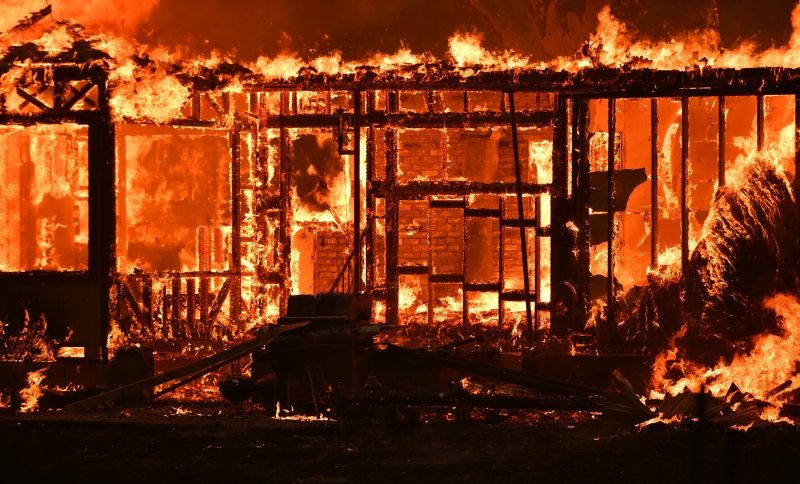
A home burns near the town of Lower Lake, Calif. on Sunday,August 14, 2016. (AP Photo/Josh Edelson)
|True speed at which home fires spread
“Every Second Counts: Plan Two Ways Out” works to teach peopleabout the true speed at which today's home fires can spread, andthe vital importance of home escape planning and practice in theevent of one. A home escape plan includes:
- working smokealarms on every level of the home, in every bedroom andnear all sleeping areas;
- 2 ways out of every room, usually a door and a window; and
- a clear path to an outside meeting place (like a tree, lightpole or mailbox) that's a safe distance from the home.
Practice twice a year
Home escape plans should be practiced by all members of thehousehold twice a year.
|“In a fire situation, a practiced home escape plan ensures thateveryone knows what to do if the smoke alarm sounds and how to usethat time wisely,” Carli said.
|Related: Not all fire insurance policies are the same:Valued vs. non-valued
|Here are 6 key tips for having a home fire escape plan:
||1. Map home & exits.
Draw a map of your home by using the NFPAgrid in English (PDF) or Spanish (PDF) with all members ofyour household, marking two exits from each room and a path to theoutside from each exit.
|Related: It's Fire Prevention Week. Here are 6 things youneed to know
|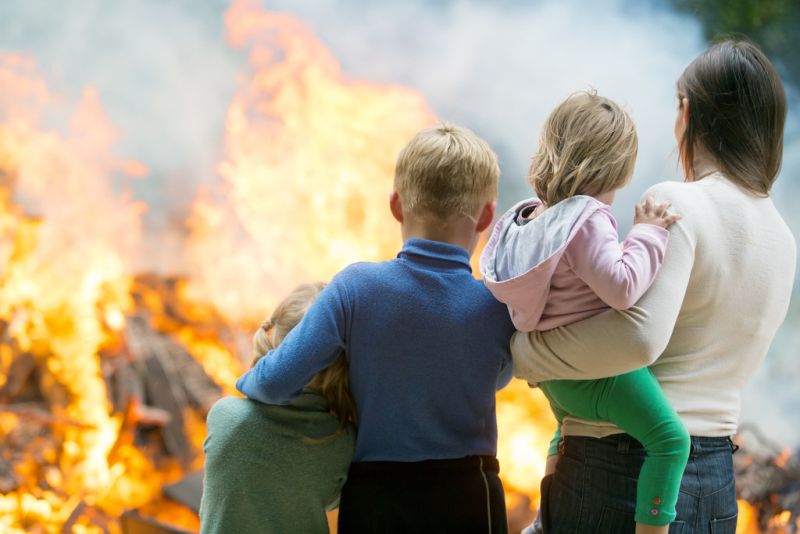
(Photo: Shutterstock)
|2. Fire drills.
Practice your home fire drill twice a year. Conduct one at nightand one during the day with everyone in your home, and practiceusing different ways out.
|Related: Wildfire claims and coveragequestions
|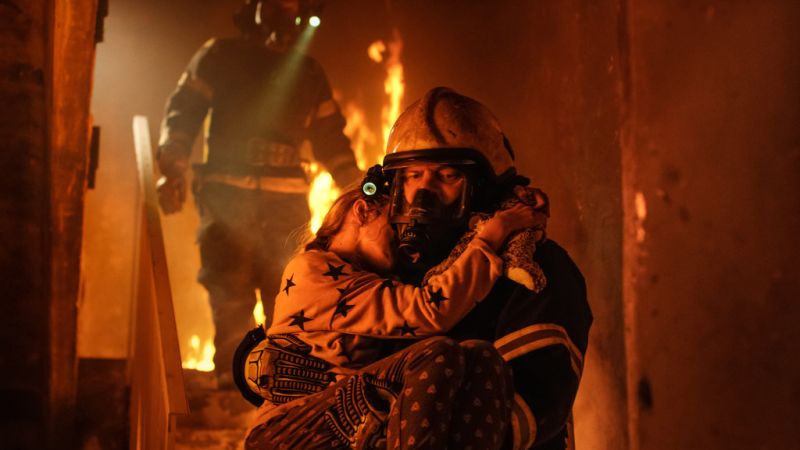
(Photo: Shutterstock)
|3. Teach children how to escape.
It's important to teach children how to escape the home theirown in case you can't help them.
|Related: 10 dos and don'ts to prevent homefires
|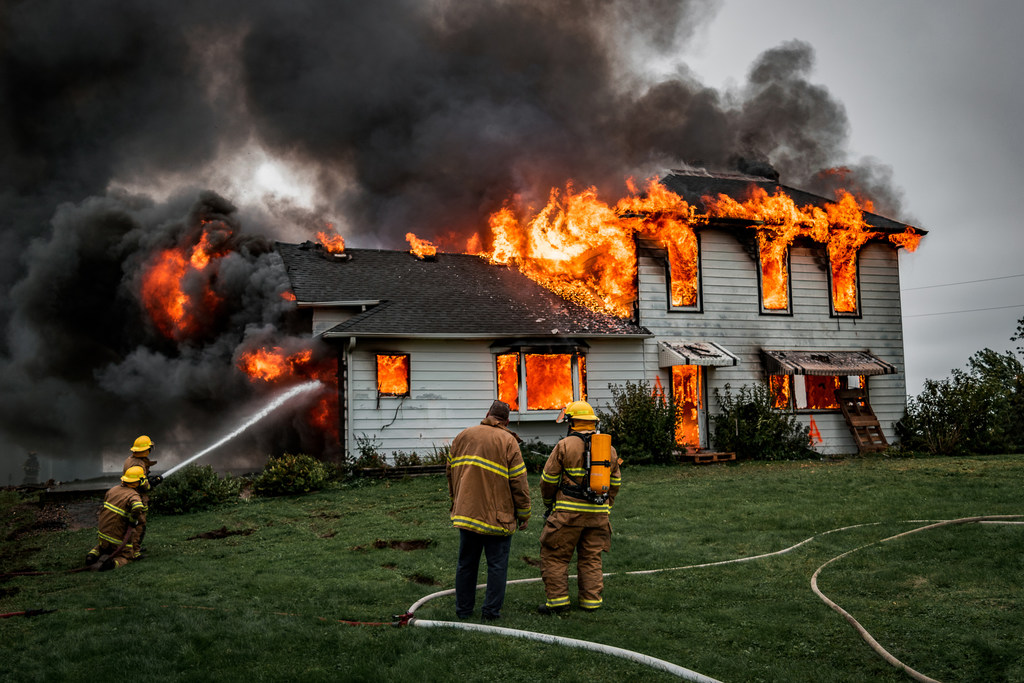
(Photo: Shutterstock)
|4. Help the fire department find you.
Make sure the number of your home is clearly marked and easy forthe fire department to find.
|Related: Here are 10 ways to prepare for awildfire
|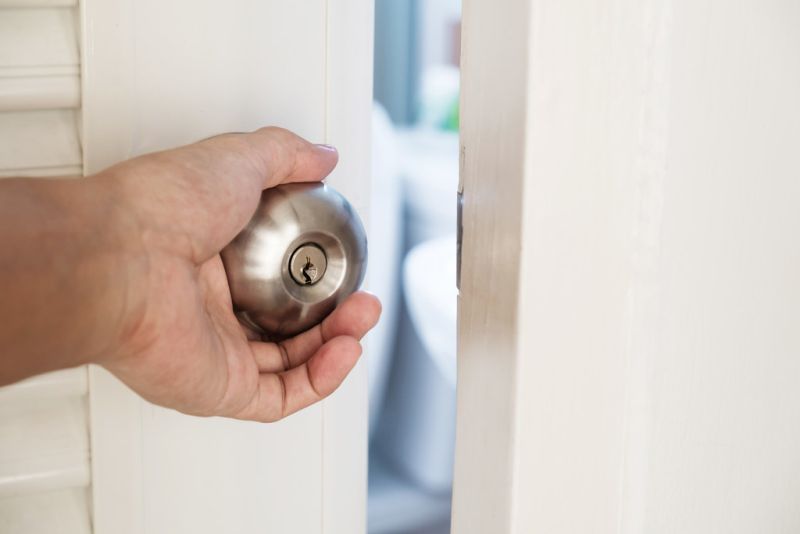
(Photo: Shutterstock)
|5. Close doors.
Close doors behind you as you leave — this may slow thespread of smoke, heat, and fire.
|Related: Its house fire season: Here are the 8 most commonfire hazards in the home
|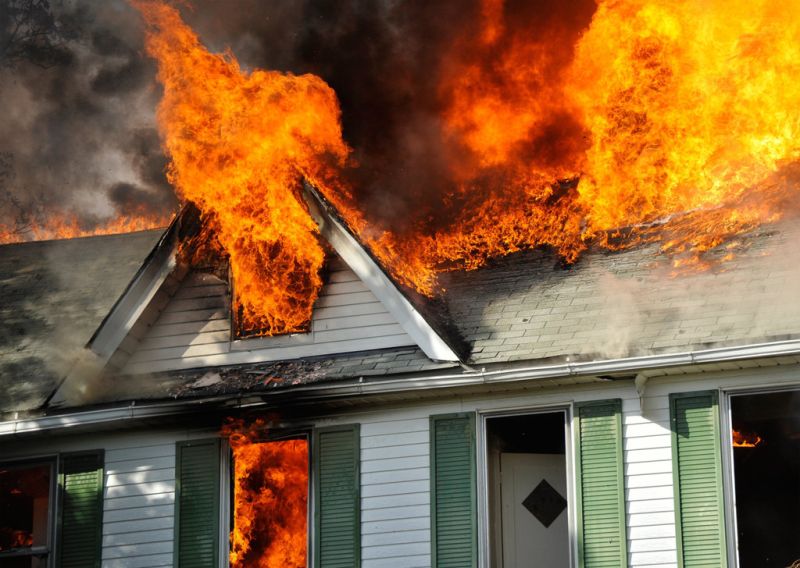
(Photo: Shutterstock
|6. Stay outside.
Once you get outside, stay outside. Never go back inside aburning building.
|Related:
|The 8 insurance coverages that are triggered by acatastrophic fire
||Want to continue reading?
Become a Free PropertyCasualty360 Digital Reader
Your access to unlimited PropertyCasualty360 content isn’t changing.
Once you are an ALM digital member, you’ll receive:
- All PropertyCasualty360.com news coverage, best practices, and in-depth analysis.
- Educational webcasts, resources from industry leaders, and informative newsletters.
- Other award-winning websites including BenefitsPRO.com and ThinkAdvisor.com.
Already have an account? Sign In
© 2024 ALM Global, LLC, All Rights Reserved. Request academic re-use from www.copyright.com. All other uses, submit a request to [email protected]. For more information visit Asset & Logo Licensing.








